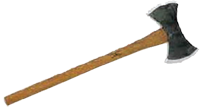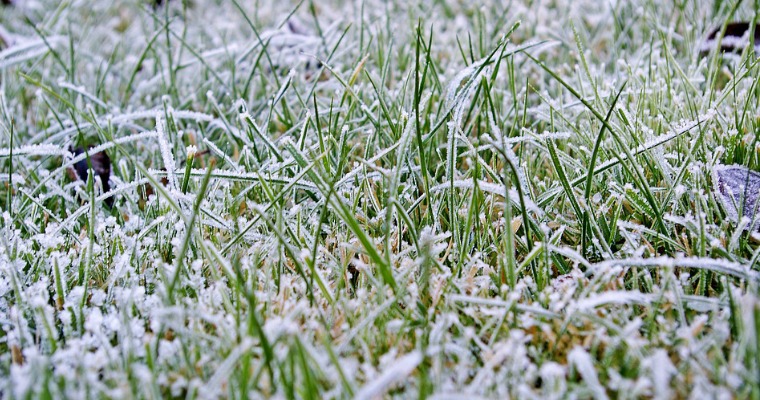When planning an attractive landscape for your home, one of the decisions you’ll have to make is whether to choose a cool season or warm season grass.
Even if both types of grasses can technically grow in your region, you’ll have an easier time maintaining and nurturing your lawn by choosing the right variety.
First and foremost you must familiarize yourself with the differences between cool season and warm season grass.
Native Climate
The primary difference between cool season and warm season grass is that the former is native to regions with a cool climate, whereas the latter is native to regions with a warmer tropical climate.
You can find both cool season and warm season grasses in the United States.
Examples of common cool season grasses include bluegrass, ryegrass, fescue and bentgrass.
Examples of common warm season grasses include Bermuda, St. Augustine, zoysiagrass and buffalo grass.
Temperature for Growth
Because cool season and warm season grasses are native to different regions, they require different temperatures to stimulate growth. As you may have guessed, warm season grasses require a warmer environment in which to grow than cool season grasses.
Normally, warm season grasses stop growing when the evening temperatures drop below about 50 degrees. They’ll only start growing again once the temperatures have warmed to 50 degrees or higher.
In comparison, cool season grasses can grow in environments as cold as 41 degrees. They thrive in temperatures between 50 and 75 degrees, though they’ll still grow – and remain healthy – in environments as cold as 41 degrees.
Winter Weather
Of course, cool season grasses are less susceptible to the effects of cold weather than warm season grasses. During winter, warm season grasses may fade, turn brown or even die.
When this happens, you’ll have to go back and reseed your lawn during spring to revitalize your home’s landscape.
This generally isn’t a problem with cool season grasses, however. Because they’ve evolved to live in cool climates, they can handle the winter weather better than their warm season counterparts.
Choosing a cool season grass for your home means you’ll have an easier time maintaining your landscape.
In addition to growing year-round, cool season grasses generally experience two growth spurts: once during the spring and again during the fall. By fertilizing your lawn during these times, you’ll promote a lush-green landscape that compliments your home’s curb appeal.
The Woodsman Company offers tree planting, tree pruning and shrub trimming, tree removal and stump grinding as well as a tree wellness program.
If we can help with any of your tree care needs give us a call at 512-846-2535 or 512-940-0799 or

